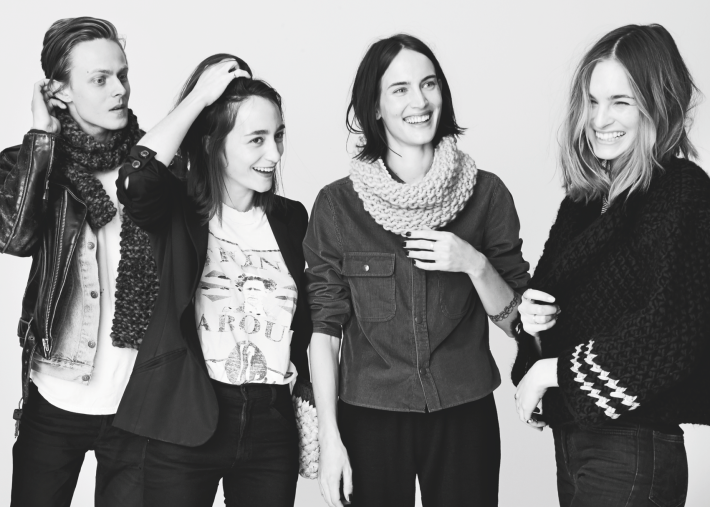Saving The Fashion Industry From Itself
Todays shoppers are demanding more transparency and sustainability from the fashion world.
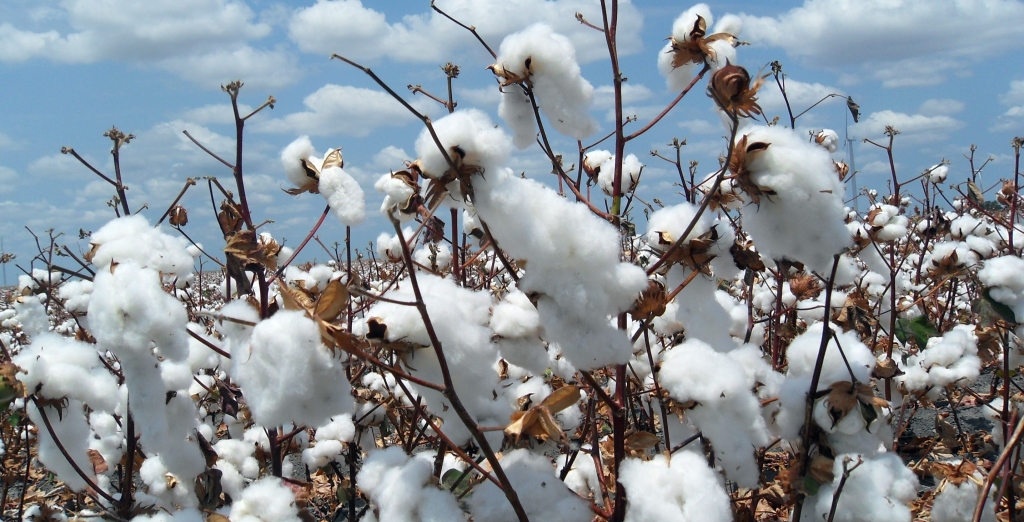
The garment industry is one of the biggest polluters on the planet, second only to oil. In fact it accounts for 10% of the world’s total global carbon emissions – a statistic few designers would decide to emblazon on a T-shirt. Sweatshop conditions haven’t got much better either.
Two years after the Rana Plaza disaster – in which a garment factory collapse resulted in the deaths of over a 1,000 workers – the Guardian reported that ‘forced overtime, unsanitary conditions, and denial of paid maternity leave’ are still rife. Ten years ago it was easy to ‘hide’ this dirty side of the business through crisis PR, and drown out bad press with slick advertising campaigns. But today’s consumers are more connected then ever before, and action happens at a grass roots level – Benetton recently awarded €1.1 million to the Rana Plaza compensation fund after pressure from a petition with over a million signatories on campaigning site Avaaz.
Members of the Protein Audience Network are clearly on the same wavelength. Given the chance a huge 93% would buy ethical products. There’s a change in attitude and mindset; hemp is no longer the preserve of hippies in Bristol or SanFrancisco. And, in addition, industry leaders like Stella McCartney and Vivienne Westwood are doing their best to raise more awareness.
“Our reader is someone who is in love with fashion as a means to be creative, but is sick of pushing the dark side of the industry to the back of her head,” explains Jamie Ortega, founder of slow fashion magazine Sumzine. The attitude of its fan base could be described as verging on militant. The same people who read Sumzine are highly likely to have crowdfunded it via a Kickstarter campaign with the slogan ‘change the fashion industry’.
For this group what Karl Lagerfeld decides to do for Chanel’s latest cruise collection is neither here nor there... unless, that is, it looks good, and feels ethical too.
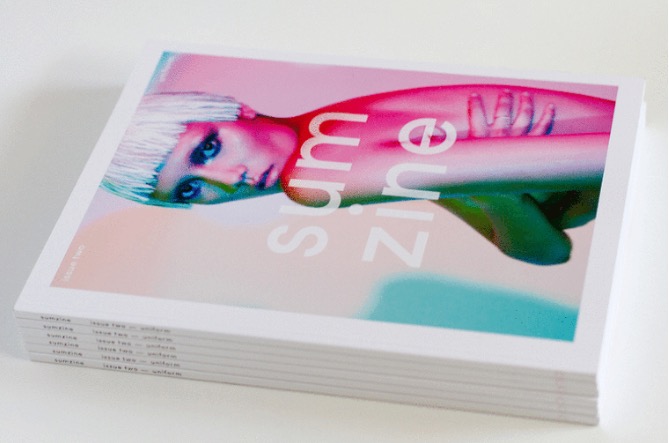
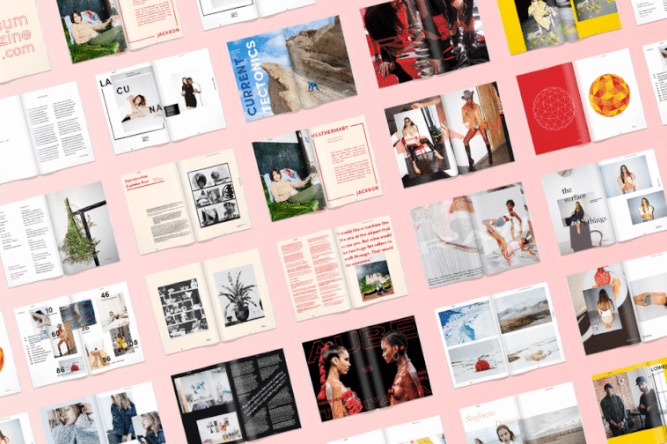
Industry Insiders
“It’s about the future of the planet,” says Maxine Bédat, founder of New York-based eco-fashion label Zady, explaining the appeal of a green mindset to the next generation of consumers. “We’re millennials. We’re the ones most impacted, so we’re the ones that have to move ‘sustainable’ from fringe to the new normal.”
For years boomers talked about global warming being the next generations problem, but now that same generation have grown up, and they’re taking action. Day to day this might be about making ethical purchases, but for others it’s about closing gaps in the market and reinventing the industry from the inside out.
With high demand for ethically produced clobber there’s also greater opportunity for forward-thinking entrepreneurs. Wool and the Gang, a London-based knitwear company, take consumers desire for radical transparency and ethical production to the next level. Its only material ‘wool’ is natural, renewable and biodegradable. Worried about sweatshop conditions? Knit the jumper yourself.
It might seem like a twee idea, better suited to OAPs with more time on their hands, but Wool’s ‘gang’ includes supermodel Cara Delevigne and editor of Love magazine Katie Grand. And, the process might take a hell of a lot longer than picking up a Primark jumper, but therein lies the appeal: the slow movement is about taking more time on better clothes instead of replacing them at every change of season.
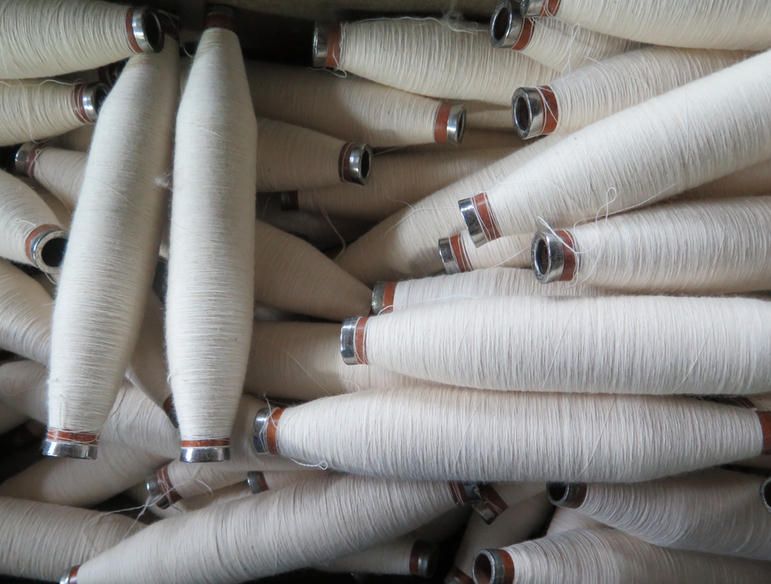
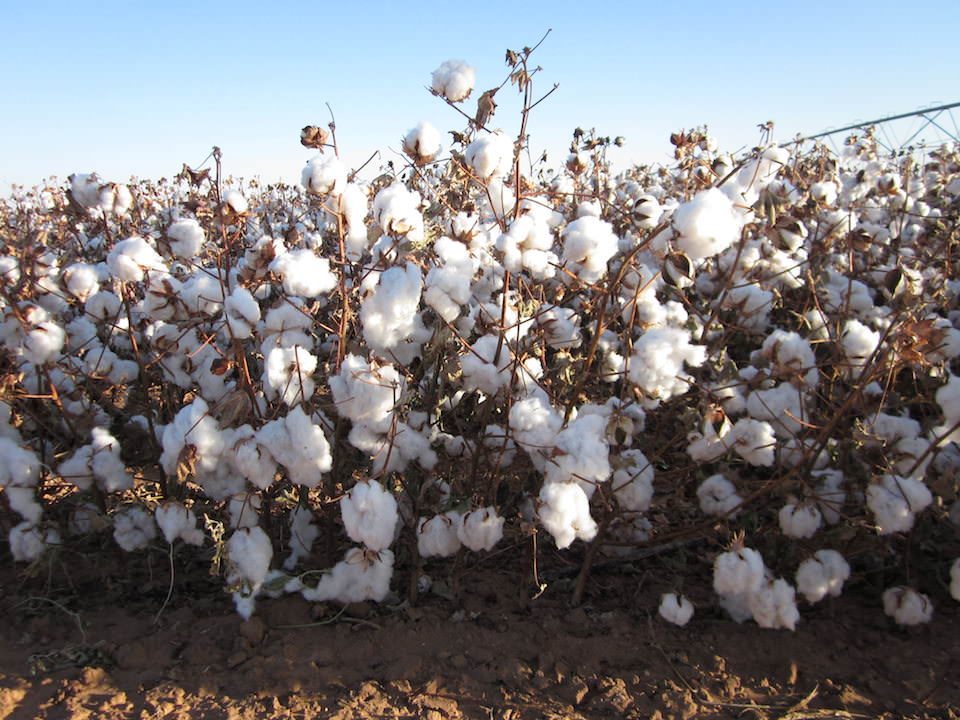
Of course, some independent labels are well ahead of the game. ‘Don’t Buy This Shirt Unless You Need It’ is the somewhat contradictory mantra that’s made Patagonia one of the world’s leading outdoor clothing brands. It’s marketing team spearheads campaigns that align with its core environmental values – like saving the American Snake River. While its message to customers is to wear their clothes till they’re ripped at the seams.
It’s latest target? The most ubiquitous item of clothing in the world: good old blue jeans. “Traditional denim is a filthy business,” says Helena Barbour, Patagonia’s business unit director, whose new alternative fabric cuts the amount of water needed in the production of cotton by 84%.
“We wanted to find an alternative solution to using the standard indigo dyeing methods,” she says. “It took several years of research, innovation, trial and error, but the result is a new path for denim.” The real pay back for these brands might not come in the next season or year – but the value in terms of research, development and marketing is huge.
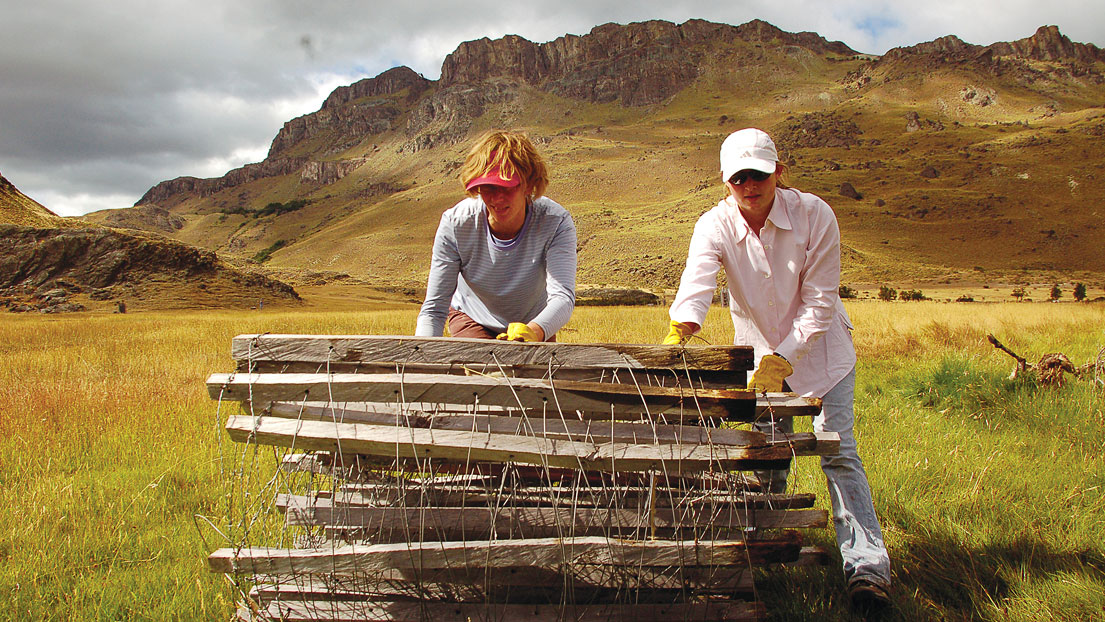

Slow vs Fast
Big businesses usually accused of painting China’s rivers pink are also joining the eco-brigade, a little at a time, driven by consumers who want radical change, fast. Of those surveyed we found 92% want brands to invest in a zero carbon future.
Fast fashion mega-corporation H&M is doing its best to meet this expectation, balancing cheap, disposable fashion, with a green capsule collection, renewable energy policy and a recycling programme.
“Our customers are increasingly showing an interest in sustainability, and we want them to feel confident that everything they buy from us is produced with respect for people and the environment,” explains H&M’s CEO Karl-Johan Persson. “To build a more sustainable fashion future, our industry needs to keep finding new ways of using resources as responsibly and efficiently as possible.”
Our customers are increasingly showing an interest in sustainability, and we want them to feel confident that everything they buy from us is produced with respect for people and the environment Big businesses usually accused of painting China’s rivers pink are also joining the eco-brigade, a little at a time, driven by consumers who
The truth, however, is that for most brands of this scale, who’ve been driving mass-produced product to the high street for decades – shifting gear to a sustainable, closed-loop production cycle is like trying to slam the breaks down on a monster truck going at hell-bent speed. It’s easier to rip up production completely and start again.
That hasn’t stopped many from trying though. G-Star Raw’s latest RAW for the Oceans project kills two birds with one stone (not literally), by producing sustainable denim, while using yarn made from discarded plastic that usually ends up in the food chain, damaging marine life, fish and birds. G-Star also got Pharrell Williams to front the campaign.
“Fashion is certainly a huge part of everybody’s lives,” says Williams, who is also the creative director and co-founder of environmental label Bionic Yarn. “We are trying to infiltrate the entire spectrum of fashion, high-end and low. It’s a part of sustainability and the cause is to never throw anything into the ocean again.”
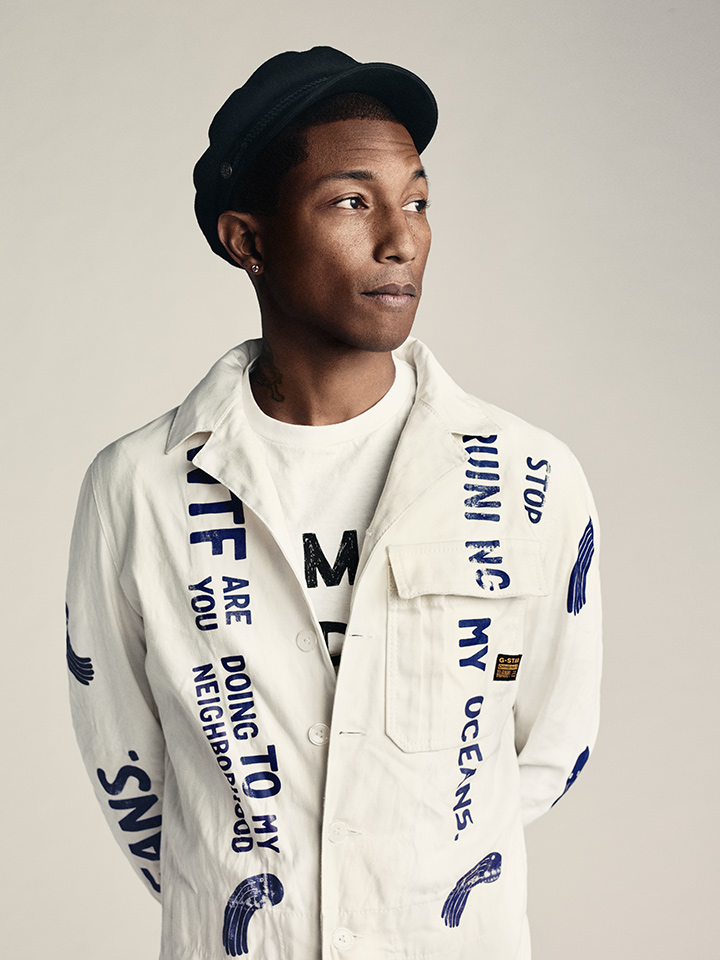
As if that wasn’t enough, RAW for the Oceans also got ‘street cred’ from Parley for the Oceans, a global charity that raises awareness of the damage that waste is doing to our ocean ecosystems. The campaign won the Grand Prix for Product Design at Cannes Lions, and got huge amounts of press coverage from everyone from style bible i-D to mass-market tabloid The Daily Mail.
While these projects are literally a drop in the ocean compared to H&M and G-Star’s main collections, they have a huge impact with an audience who are crying out for a new approach.
Less Is More
Part of the reality of Slow, however, is not buying more each season – fashion’s current default setting – but buying a curated selection that will last much longer and of a higher quality.
“We’re looking for things that feel real and grounded and that’s where slow fashion fits in,” says Bédat. “It’s about people, it’s about process, and it’s about doing the right thing, feeling good about how and what we consume.”
Zady and Wool and the Gang’s manifestos, which are all about letting the customer know exactly where what you’re buying has come from, ties in to consumers’ desire to value a product not only on the materials and cut but the positive or negative environmental and social impact. A manifesto that our audience clearly support; 92% want brands to be totally transparent with their supply chain.
“Technology has allowed consumers to be more informed in a number of ways. Not only can you shop using certain apps, but you can now also research the ethics of different retailers,” says Ortega. “There is no pride in selling any garment for $15. Someone was cheated, hurt or disrespected for that to be made ‘affordably’.” Consumers are realising this now more than ever.
But there’s also another factor that’s close to the industries heart. “A lot of the fashion crowd are simply exhausted by the velocity of fast fashion,” explains Ortega. “They see all of the work that goes into creating and recreating, and find empowerment in just dressing for their best self in lieu of seasonal trends.”
It’s about people, it’s about process, and it’s about doing the right thing, feeling good about how and what we consume. Maxine Bédat, founder of Zady
